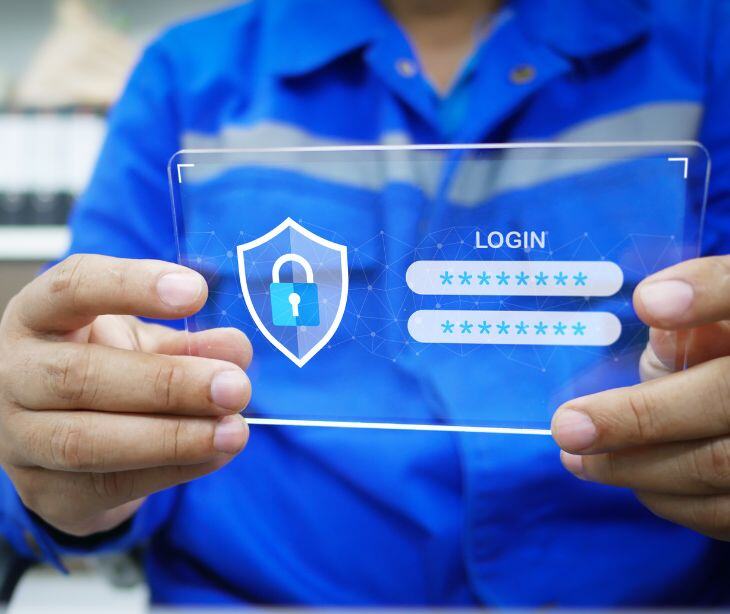
One of the most insidious threats facing health care today is the rise of social engineering attacks that take advantage of human vulnerabilities. These methods are different from traditional methods of cyberattacks that attack technology. Instead, they focus people's attention through phishing emails, often masquerading as messages from trusted contacts.
The rise of social engineering in healthcare
Social engineering attacks depend on confidence and urgency. It is a potentially lethal combination when applied in high-pressure areas like that of a hospital.
A systematic review on the influence of human factors on cyber security within healthcare organizations overemphasized that there is "an evolving nature of cybersecurity threats stemming from exploiting IT infrastructures to more advanced attacks launched with the intent of exploiting human vulnerability." Consequently, this results in service disruptions that allow hackers to infiltrate systems and steal sensitive data.
Moreover, the vulnerability of healthcare professionals further complicates the issue. As the review notes, “healthcare professionals form an ideal test bed for attackers.” With constant access to social media and email, they become easy prey for phishing attacks. All it needs is a single click to bypass even the highest-tech defenses.
For example, if an email says it is urgent to update personal information, a healthcare professional could unknowingly click on a malicious link, giving hackers access to sensitive data.
Given these vulnerabilities, the responsibility falls on healthcare organizations to “establish formal training and educational standards to… address human factors of cybersecurity critically mitigating cyber risks.” Without a robust educational framework, the risk of falling victim to social engineering attacks only increases, putting patient data and lives at stake.
To combat these threats, organizations must implement comprehensive training programs that equip healthcare workers with the knowledge to identify and respond to phishing attempts.
As the study also points out, "to launch a coordinated effort on promoting good practices," organizations would need to educate healthcare workers and "adopt an approach where IT systems are able to detect phishing emails."
How HIPAA compliant emails can help
HIPAA compliant email solutions, like Paubox, use machine learning analysis to scan incoming emails for phishing indicators, including suspicious links, attachments, or spoofed sender addresses.
It allows healthcare organizations to detect phishing emails, maintain regulatory compliance, and minimize the risk of data breaches due to human error. Ultimately, it's a multidimensional defense against cyber threats with technology meeting employee training to better protect systems and the people they serve.
Read also:
- Why people still fall for phishing attacks in 2024
- Counter spear-phishing with DMARC mitigation methods
FAQs
Does HIPAA apply to phishing attacks in healthcare?
Yes, phishing attacks in healthcare fall under Health Insurance Portability and Accountability Act (HIPAA) regulations. Phishing attacks compromising the privacy and security of protected health information (PHI) can lead to severe penalties, including fines and reputational damage.
Who needs to comply with HIPAA?
HIPAA compliance is required for covered entities, such as healthcare providers, health plans, and healthcare clearinghouses, as well as their business associates who handle protected health information (PHI).
What are the legal risks of not being HIPAA compliant?
Legal risks include potential lawsuits from affected individuals and the associated costs of settlements, legal fees, and damage to reputation.



%20-%202025-01-08T110958.529.jpg)
